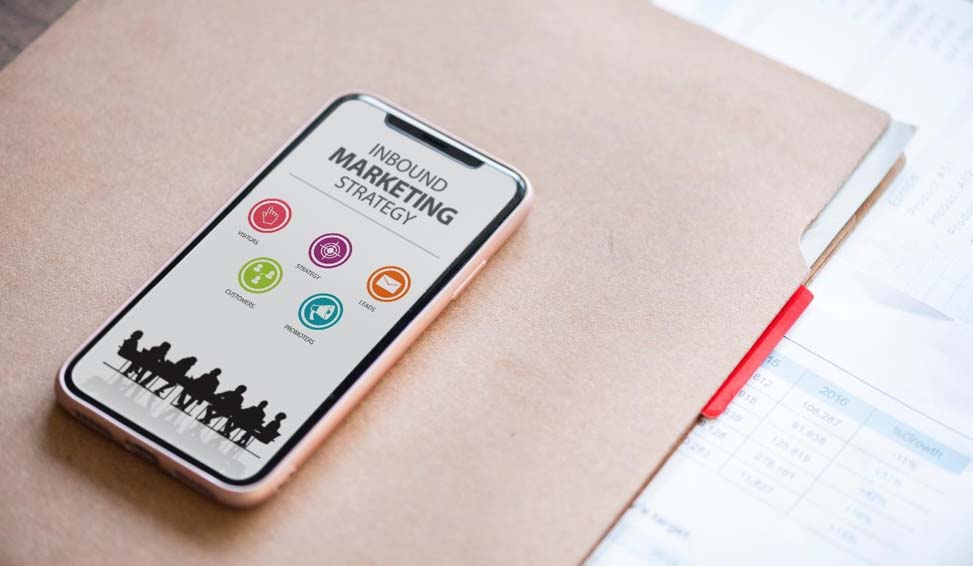
Determining the right lead generation strategy for your business can take time. But once you figure it out, you can put it on virtual autopilot.
So, what happens next?
Unfortunately, even if you have a pipeline full of leads it doesn’t mean they’re all going to turn into paying customers overnight.
Many of the leads you generate won’t be ready to buy when they first come across your website, products or services. However, they may opt in to receive email communication. This demonstrates interest but may not lead to a sale in the immediate future, or even over the long term.
Does this mean you need to attract better quality leads? Is there something wrong with your lead generation strategy?
In most cases, no. What you need now is a lead nurturing strategy to turn leads into paying customers.
Your leads all enter your sales funnel at different points. Some aren’t sure what they’re looking for yet. Some are just researching the options available. Others are comparison shopping.
If you want to turn these leads into paying customers, you will need to nurture them.
What Is Lead Nurturing?
Lead nurturing is about developing a relationship with the leads that enter your sales funnel.
By listening to the needs of your leads, you can provide them with the information they need to make a buying decision.
Practically speaking, you can send them blog posts, reviews, product comparisons, industry reports, whitepapers, ebooks and other content assets that will empower them to make a purchase decision that most benefits them.
The sending of this content is typically done over time rather than all at once and is catered to the different types of leads entering your funnel.
Do You Need To Tweak Your Lead Generation Strategies?
Maybe not, but it’s good to audit your strategies before we move to the next steps.
First, identify your lead strategy goal:
- Is your goal simply to increase conversions?
- Do you want to prepare your leads to be handed off to sales?
- Is there another objective you have in mind?
It’s important to identify what you’re trying to do, as this will affect how you go about creating your lead nurturing program. Build your program around your goals.
Second, determine what the frequency of your communication will be. Use automation triggers to move a prospect down the funnel. For instance, instead of just sending out one email per week, have your system send out the next email when your lead reads your ebook.
Third, prepare your content. Content is king when it comes to lead nurturing.
Build your content based on the intent of the user:
- What do they want to know?
- What are they trying to accomplish?
- What do they need to know next?
Basically, where are they in the sales funnel?
Fourth, set up your lead nurturing program using a tool like HubSpot.
How To Turn Leads Into Sales
Here are three best practices to implement.
-
Segment Your Leads
When you’re first getting started, marketing to one type of customer is fine. But most companies have more than one type of customer. In the long run, it’s better to segment your audience based on their interests and preferences.
First, define your ideal customer types. Then, segment leads as you’re generating them.
Here is an example of how you might go about segmenting your audience.
We’ll say you have a social media SaaS app company, and the customers you’ve identified are:
- Social media mavens
- Independent entrepreneurs
- Small businesses
You would create segments for each one and create campaigns that are tailored to the audience types you’ve identified. Once you've done this, you can create different types of content for each lead type to identify them even better.
By knowing more about your leads' identities and their needs, you will be in a better position to close the deal.
-
Don’t Sell Too Early
It’s possible to sell too early and to sell too late, but with digital marketing it’s often the former that’s the culprit of poor lead conversion.
When someone downloads your ebook it usually means they’re looking for information within that particular ebook. Chances are they may not be ready to buy your services with the next point of contact.
However, they may be interested in additional information relating to the ebook they downloaded. This could then lead to their interest in learning about your company and your services. After that they may be finally interested in speaking with a sales person.
-
Measure, Track & Optimize
Identify the hangups in the sales process.
Measure, track and then optimize for each point in the sales funnel.
You’re already generating leads, but it may not be entirely clear where you’re losing them before they become a paying customer.
Measure the traffic and leads that are coming in. That’s top of the funnel. Then map out your entire sales process, point by point. For each lead that doesn’t become a customer go back and identify where they were in the sales process.
- Did they realize they didn’t have the right budget?
- Was the wrong service pitched first?
- Were they confused about how your service fit with their needs?
Identifying where you’re losing leads in the final step to taking advantage of your lead generation.
Conclusion
Lead generation is just the starting point in closing a deal. The real work begins as you nurture your leads. Developing a relationship with your leads and answering their questions is essential to bringing your leads to the point where they’re ready to buy.
If you need help setting up your lead nurturing strategy, feel free to schedule a 60-minute marketing conversation with one of our specialists today.





